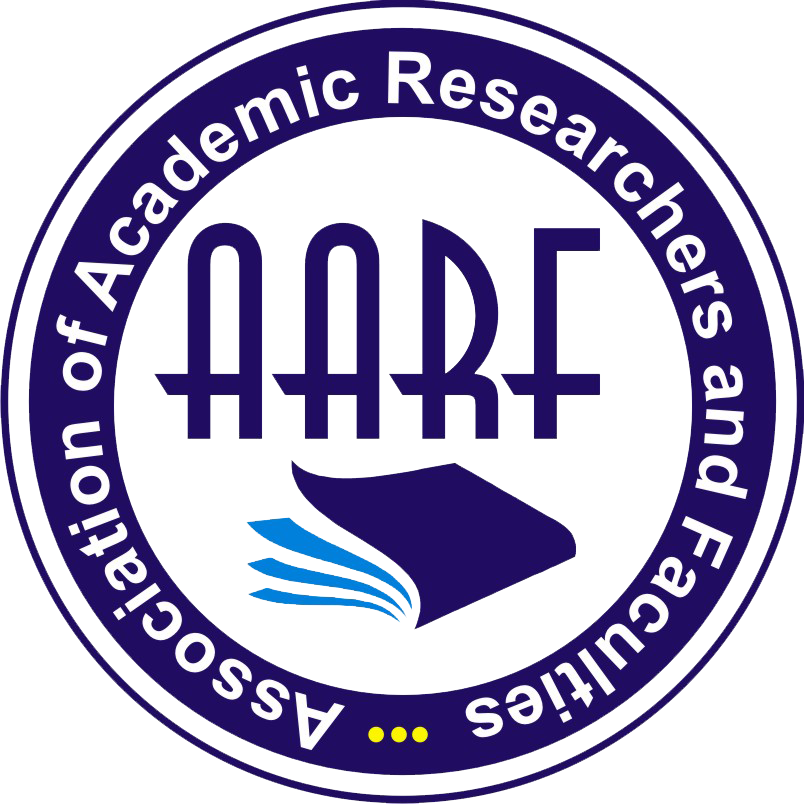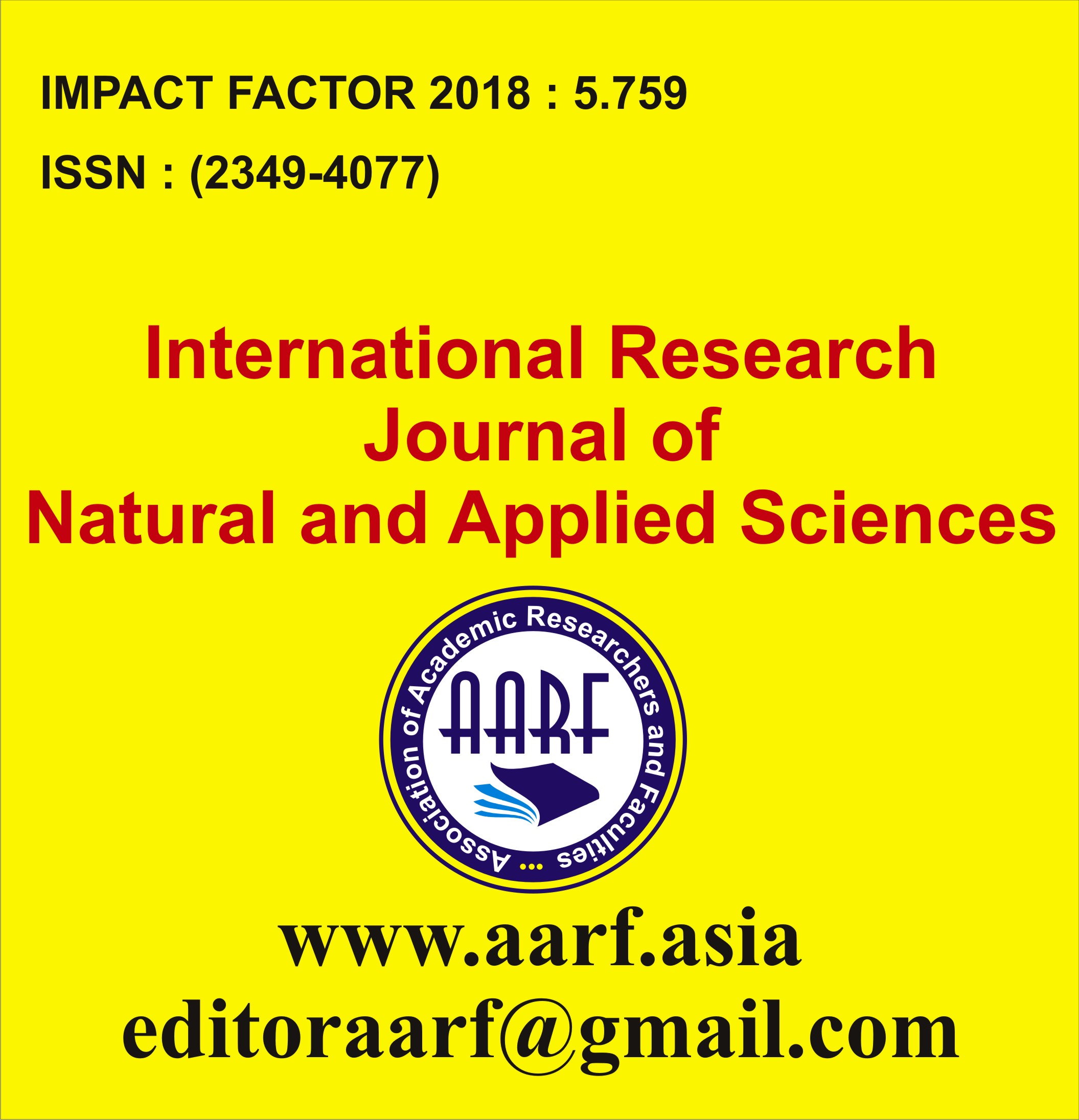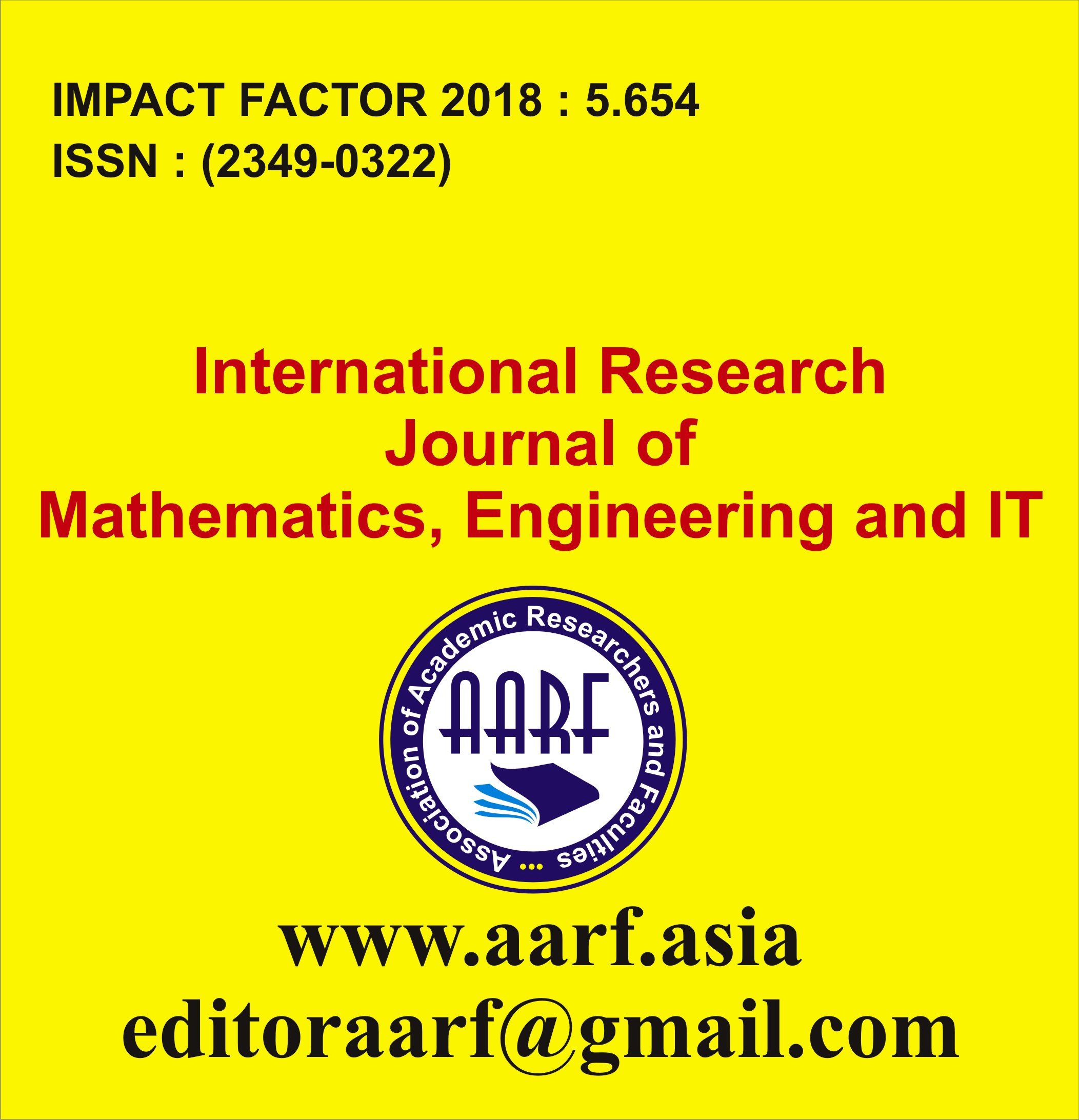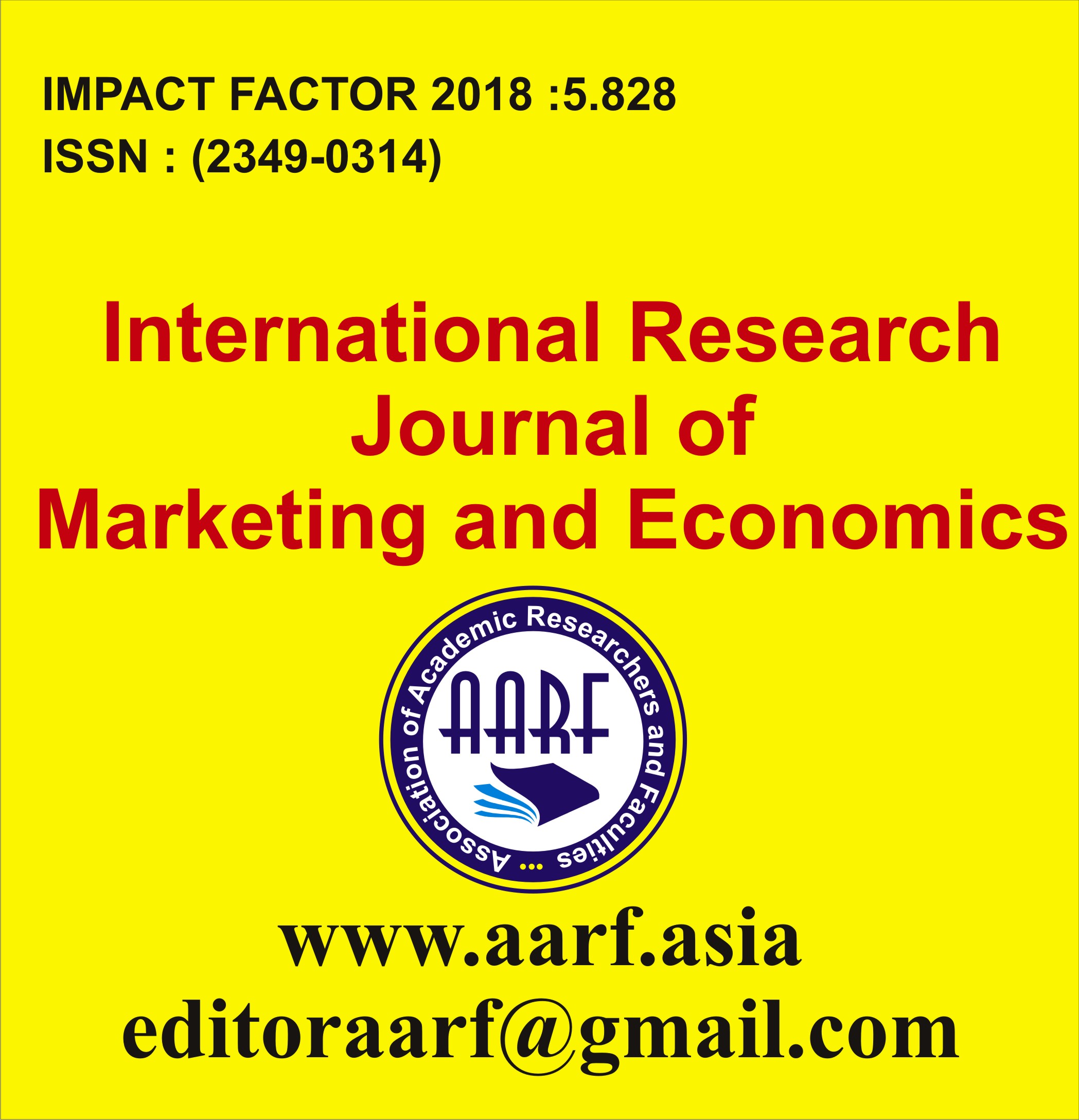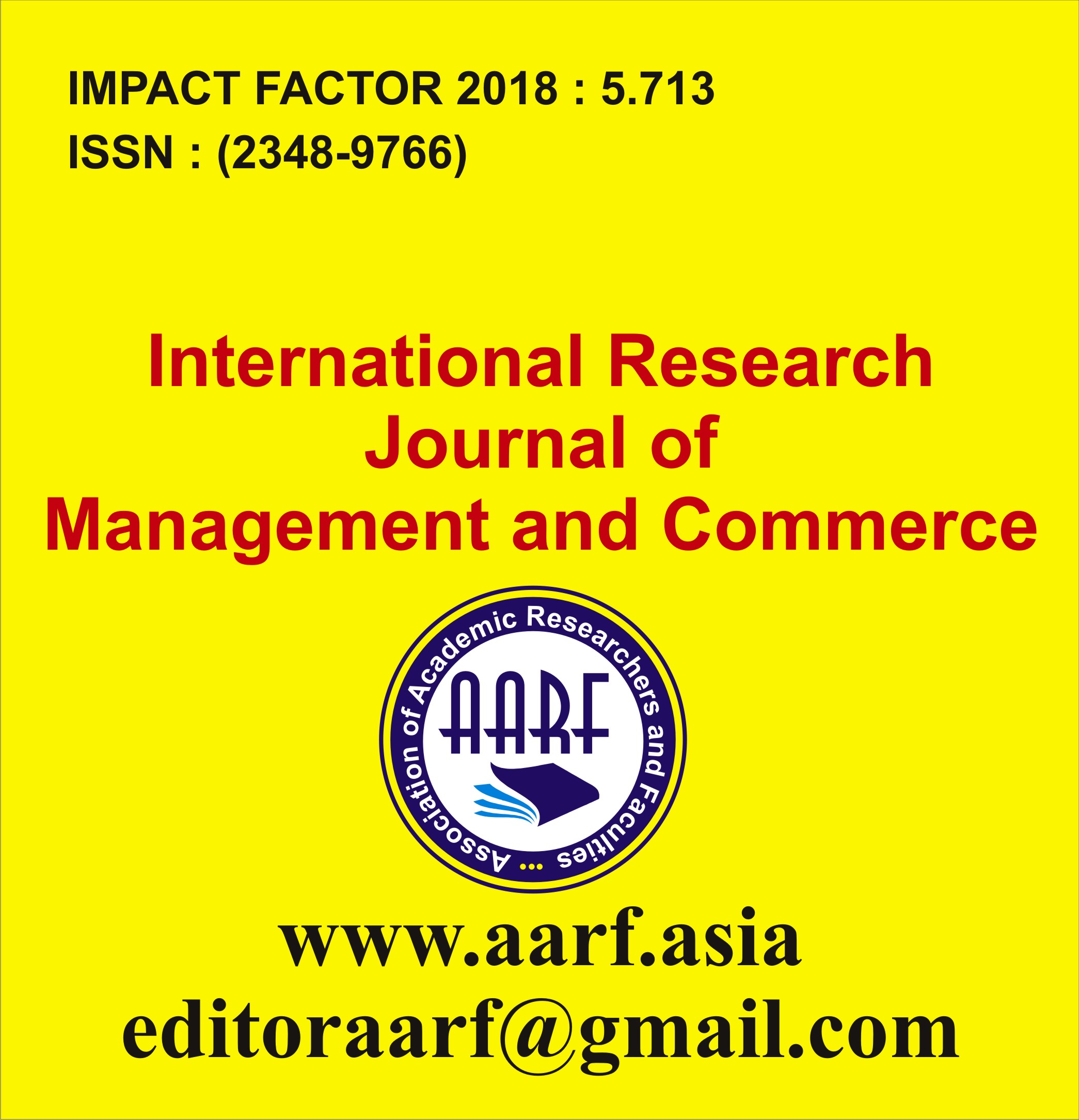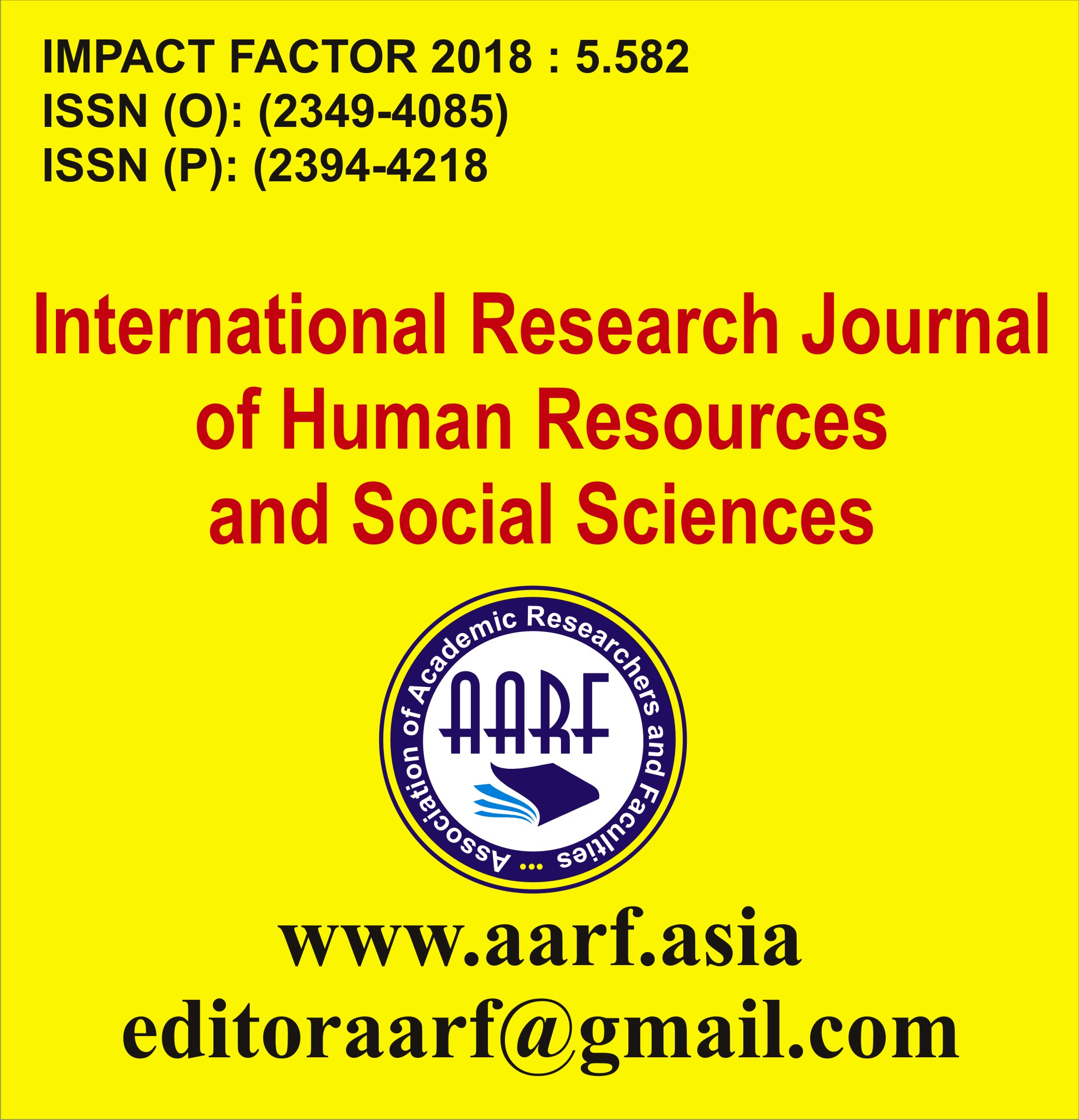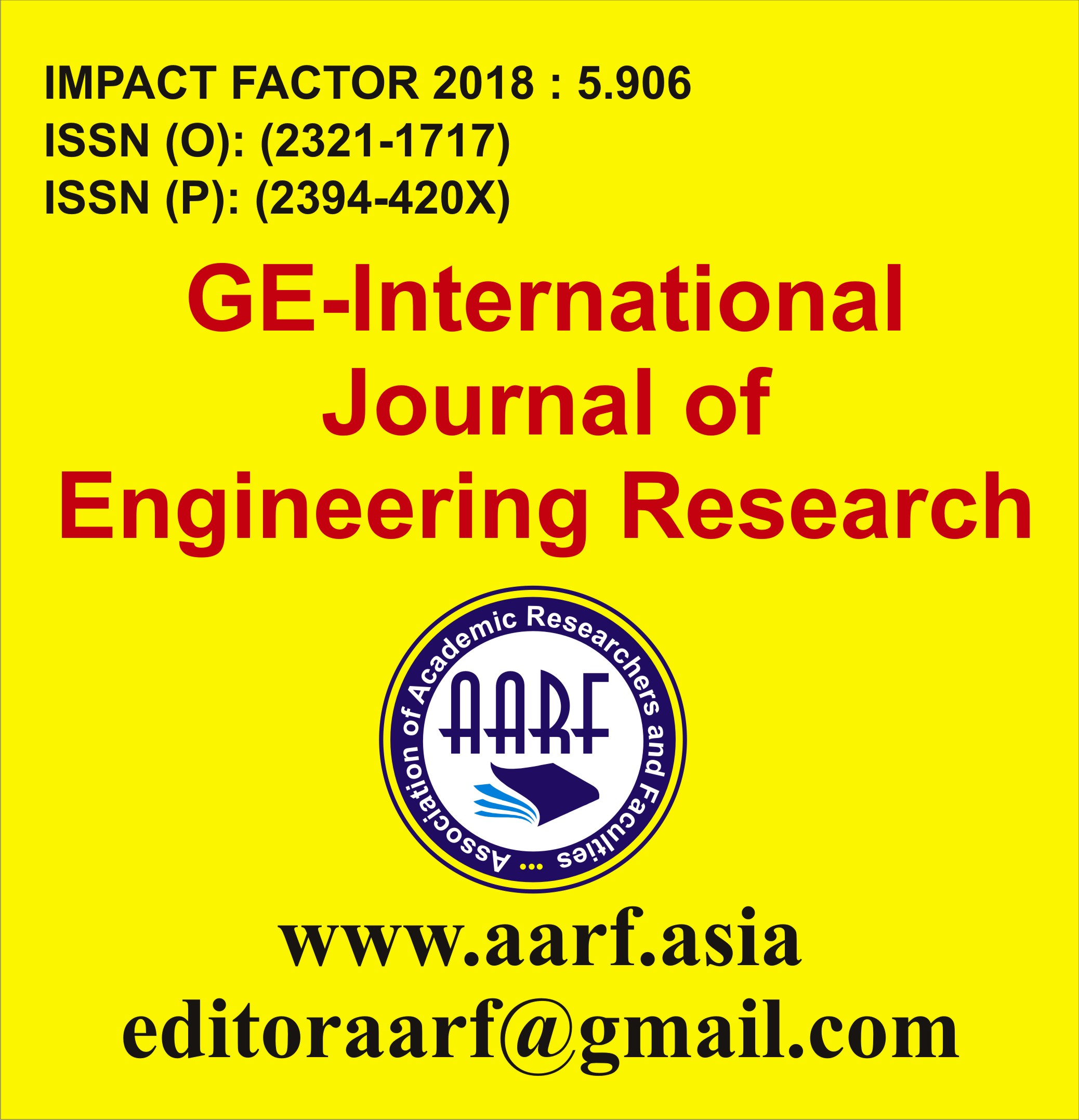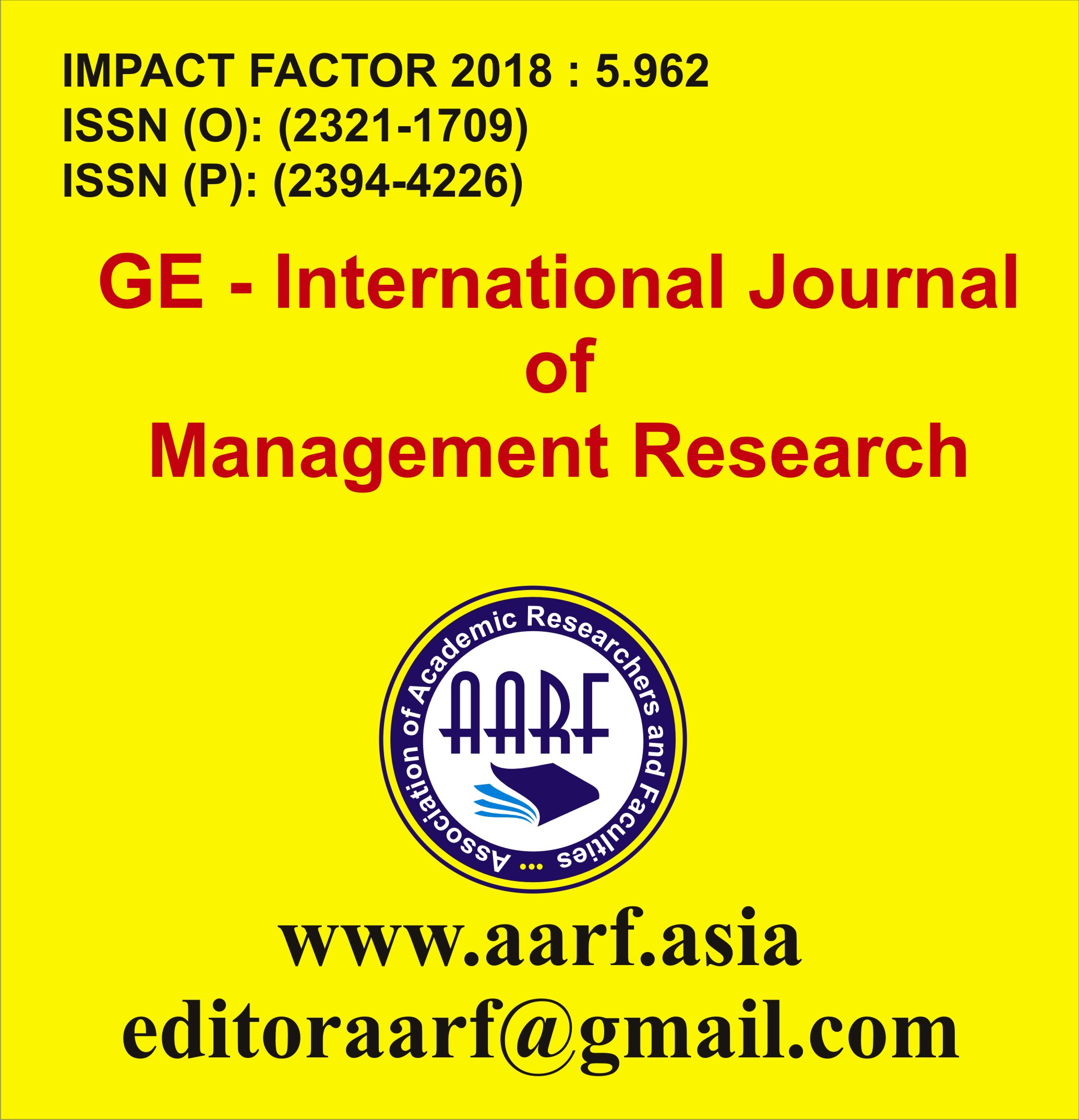
- Current Issue
- Past Issues
- Conference Proceedings
- Submit Manuscript
- Join Our Editorial Team
- Join as a Member

| S.No | Particular | Page No. | |
|---|---|---|---|
| 1 |
Prof. Mamta Singhal and Santosh Kumar TyagiAbstract: The study analyzed how AI-powered tools, especially ChatGPT and similar apps, can be used to improve the English language proficiency. The aimed goals were to examine their efficiency in enhancement of skills in learners and also to assess difficulties during their application. A mixed-method approach was employed in Delhi NCR where 100 respondents were stratified by random sampling. The structured questionnaire was used to gather data, which were examined by SPSS version 27 and MS Excel. The results showed a high positive correlation between the use of AI tools and language proficiency and indicated some serious challenges, which validates both hypotheses of the study. |
|
1-8 |
| 2 |
Kanai DasAbstract: Zubeen Garg (1972–2025), a prominent multifaceted artist from Northeast India, passed away on September 19, 2025, in Singapore, eliciting an unprecedented wave of public mourning across Assam and beyond. This article examines the circumstances surrounding his death, the collective societal response, and the enduring cultural legacy of Garg as a symbol of unity and artistic excellence. Drawing from media reports, social media analyses, and eyewitness accounts, the study highlights how Garg's demise transcended regional boundaries, fostering a unified expression of grief that integrated elements of Assamese folklore, music, and intercommunity solidarity. The analysis posits Garg as a modern cultural icon whose life and work embodied a "musk-laden" essence—evocative, pervasive, and deeply resonant—mirroring the aromatic allure of musk in traditional Assamese metaphors for profound influence. Key findings underscore the role of digital platforms in amplifying mourning rituals and the potential for posthumous institutional recognition to preserve his contributions. |
|
13-16 |
| 3 |
Md. Bani Israil1 and Dr. Md Firoz Alam2Abstract: From the early nineteenth century onwards, middle-class and elite women in India were socialized to assume the roles as wives and mothers which Attia Hosain demonstrates in her novel Sunlight on a Broken Column (1961) in order to come to terms with the effects of nationalism, partition and patriarchy. Attia Hosain (1913), who was brought up in an aristocratic family in Oudh, became the first woman from a talukdar’s family to graduate in 1933 from the University of Lucknow, and chose to spend her life in England after the partition in India. The novel rests between a life within the household, enclosed and secure but restricted by modesty and a life outside is full of freedom but it is insecure and confusing. The paper will explore Laila's exposure to both traditional and modern contradictions in her community's attitude towards gender issues and how women's identities are mobilised to follow patriarchy. It will also examine how the patriarchal power relations are naturalised in female to act as a male authority. |
|
17-24 |
| 4 |
प्रा. डॉ. मंदा तापीराम मोरेAbstract: सध्या समाजाची आधुनिकतेकडे वळण्याची गती खूप जलद झाली आहे. आजचे युग माहिती तंत्रज्ञानाचे युग म्हणून ओळखले जाते. या तंत्रज्ञानामुळे जीवनातील प्रत्येकच क्षेत्रात बदल घडून आले आहेत. जीवनातील महत्त्वाच्या क्षेत्रांपैकी एक अतिशय महत्त्वाचे क्षेत्र म्हणजे शिक्षण क्षेत्र. विज्ञानाच्या प्रगतीमुळे ज्ञानाचा प्रस्फोट झाला असून, त्यामुळे विद्यार्थ्यांच्या शैक्षणिक, व्यावसायिक, सामाजिक व वैयक्तिक विकासाची जबाबदारीही वाढली आहे. आज इतका प्रचंड तांत्रिक विकास झाला आहे की, त्याचा विचार करणेही कठीण झाले आहे. पूर्वी लहानपणी मुले विविध खेळ खेळायची, उदा. गोटया, विटीदांडू, लगोरी, लपाछपी, लंगडी इत्यादी. आज मात्र असे चित्र दुर्मिळ झाले आहे. सर्वत्र मुलांच्या वागण्यात, बोलण्यात प्रौढत्व दिसून येते. पालकही या स्पर्धात्मक युगात मुलांना लवकरात लवकर मोठे व प्रौढ करण्याच्या प्रक्रियेत आहेत. बरेच जण याला आधुनिकता व जागतिकीकरणाचा प्रभाव मानतात. |
|
25-31 |
| 5 |
Dr. Sandeep KaurAbstract: The Indian Teacher Paradox: Addressing a Dual This paper investigates the complex dynamic between the persistent domestic teacher shortage in India and the escalating global demand for educators. Globally, an estimated 44 million additional teachers are needed by 2030 to achieve universal primary and secondary education (SDG 4), a demand significantly fuelled by attrition and ageing workforces in high-income countries. Concurrently, despite having a massive education system and a workforce that has crossed one crore (over 10 million) teachers, India grapples with over one million teacher vacancies across its public schools, severely affecting Pupil-Teacher Ratios (PTRs) and educational equity, particularly in rural and underserved areas. The central problem is the "Indian Teacher Paradox," wherein India acts as a major source country for highly skilled educators migrating to destinations like the UK, Canada, the US, and the Gulf nations. This migration is driven primarily by competitive salaries, better working conditions, and professional development opportunities abroad. The study employs a mixed-methods approach, using secondary data analysis of global (UNESCO, OECD) and national (UDISE+, NITI Aayog) reports, supplemented by qualitative insights from existing empirical studies. The analysis hypothesizes that salary differentials and poor professional status are the primary drivers of teacher emigration, exacerbating the domestic crisis. Findings are expected to reveal policy recommendations focused on domestic systemic reform, including competitive compensation and elevating the social and professional status of teaching in India to transform the 'brain drain' into a sustainable 'brain circulation, thereby meeting both national and international educational commitments. |
|
32-37 |
